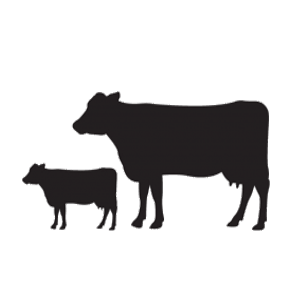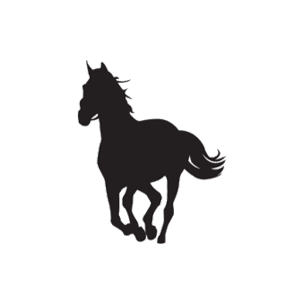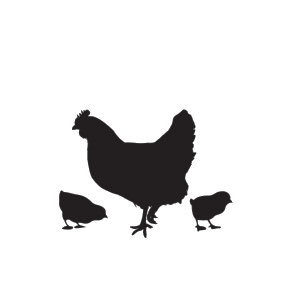It can often be difficult to distinguish between sheep and goats, especially as some sheep look like goats. For a start, sheep have 54 chromosomes, where goats have 60 chromosomes. This is why the two species rarely interbreed.
Here are a few easy ways to tell the two apart!
Eating behaviour
Sheep are grazers, which means that they prefer to eat short grasses, and they graze close to the ground.
Goats are browsers, which means that they will eat leaves, twigs and other material matter. They will often stand on their back legs to reach vegetation they want to consume.
Tails
Probably the easiest manner in which to tell goats and sheep apart is to look at their tails. Sheep have tails that hang down, although they are often docked for health and hygiene reasons. Goats, on the other hand, have tails that stick upright. During times of stress or sickness, their tails may droop.
Social behaviour
Sheep have a stronger flocking behaviour and tend to stick in groups more than goats. They may get agitated if separated from their flock. In a fight between rams, they will back up and charge forwards to butt heads.
Goats are more independent than sheep, as well more curious. In a fight between bucks, the goat will rear up on its back legs and charge downwards in order to butt heads with the other male.
Reproduction
The heat cycle of a ewe is about 17 days, and are not as easy to artificially inseminate as goats due to the structure and position of their cervix. Sheep also have fewer signs of estrus, and a teaser ram is often used to detect whether ewes are in heat.
The heat cycle of a doe is about 21 days, and goats tend to breed more than sheep. Male goats, or bucks, have a very strong odour during the mating season.
Physical differences
Most goats do not have coats that get “woolly”, with the exception of the Angora goat which produces mohair fiber. Goats with hair coats do not have to be sheared or brushed. Many sheep have woolly coats, like the Merino and Dohne Merino breeds, and need to sheared at least once a year as their coats are continually growing.
Sheep have a groove that divides their upper lip; this is known as a philtrum. The philtrum is absent in goats, which means that their upper lip is not divided.














